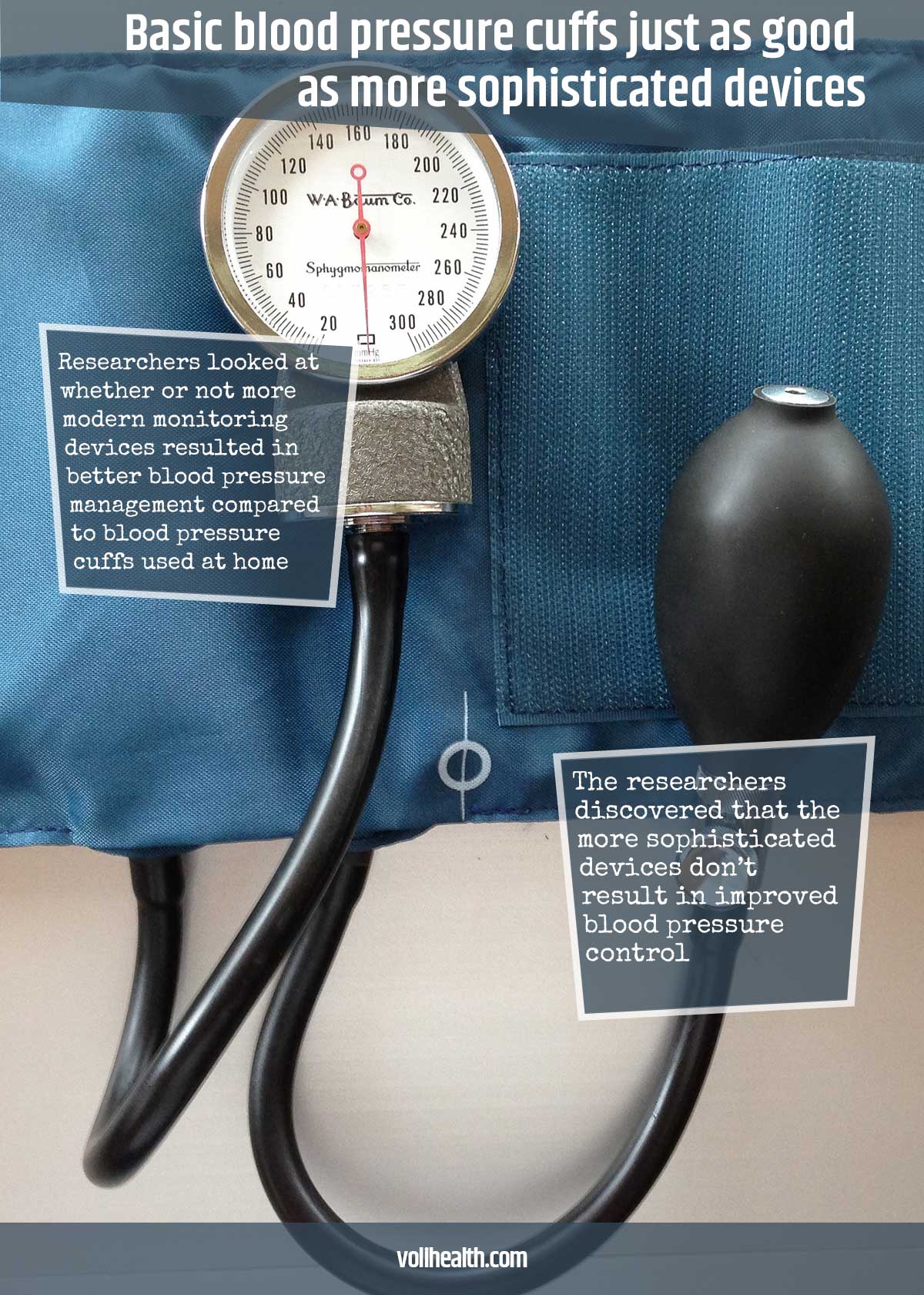When individuals are diagnosed as having high blood pressure, they’re typically advised to buy a blood pressure monitoring device for use at home. Daily home readings provide a more accurate reading of an individual’s blood pressure compared to those taken when visiting the doctor every few months.1✅ JOURNAL REFERENCE
DOI: 10.1001/jamainternmed.2022.3355
Researchers looked into whether or not more modern monitoring devices that pair with smartphones resulted in better high blood pressure management compared to blood pressure cuffs use at home. They discovered that the more sophisticated devices don’t result in improved blood pressure control.
Basic devices merely show blood pressure, while the more sophisticated devices connect via Bluetooth to smartphone apps that can give reminders, present data visualization, as well as provide other capabilities.
High blood pressure can result in stroke and heart attack if left unchecked, but less than 50% of individuals with hypertension have it under control. Research has shown that out-of-control blood pressure plays a part in 500,000 deaths every year in the US.
The efficacy of the 2 types of blood pressure measuring devices used by individuals was compared from over 20 medical centers throughout the country.
Either a Bluetooth-enabled device or a basic device was randomly mailed to over 2,000 individuals with hypertension, with a third of them being identified as Hispanic or Black. The researchers didn’t try and influence how physicians managed patients or how individuals made use of the devices to replicate real-world circumstances.
There has been a lot of research indicating improved results for blood pressure control with more support and handholding when home monitoring. But the majority of these apps are really difficult and costly to implement. The researchers speculated that commercially available technology could assist by giving individuals blood pressure check reminders, and the capability of visualizing and understanding the data.
After 6 months, individuals receiving the basic cuff experienced a reduction in blood pressure of 10.6 mmHg, and individuals receiving the smartphone app experienced a reduction in blood pressure of 10.8 mmHg, based on blood pressure measurements taken at physician visits and documented in electronic health records.
No difference in improvements was observed that were statistically significant or in the individual’s satisfaction with the devices.
The study’s ethnic and racial diversity is significant because uneven high blood pressure management plays a significant part in the disproportionate impact on Black communities that cardiovascular disease has. The researchers discovered that the newer technology didn’t outperform basic cuffs in individuals across self-reported ethnicities and races.
According to the researchers, the results will allow physicians to advise their patients with confidence to purchase and make use of any blood pressure monitoring device they prefer. Individuals who choose to save money or avoid the inconvenience of connecting a device won’t limit their potential health benefits.
Bluetooth devices come with a cost issue, and the time and effort that it takes to connect them to a smartphone are significant and there doesn’t appear to be any benefit. What generally seems to make a difference is support and engagement from health care providers.
Want to use our images on your site? Right click on image for embed code



